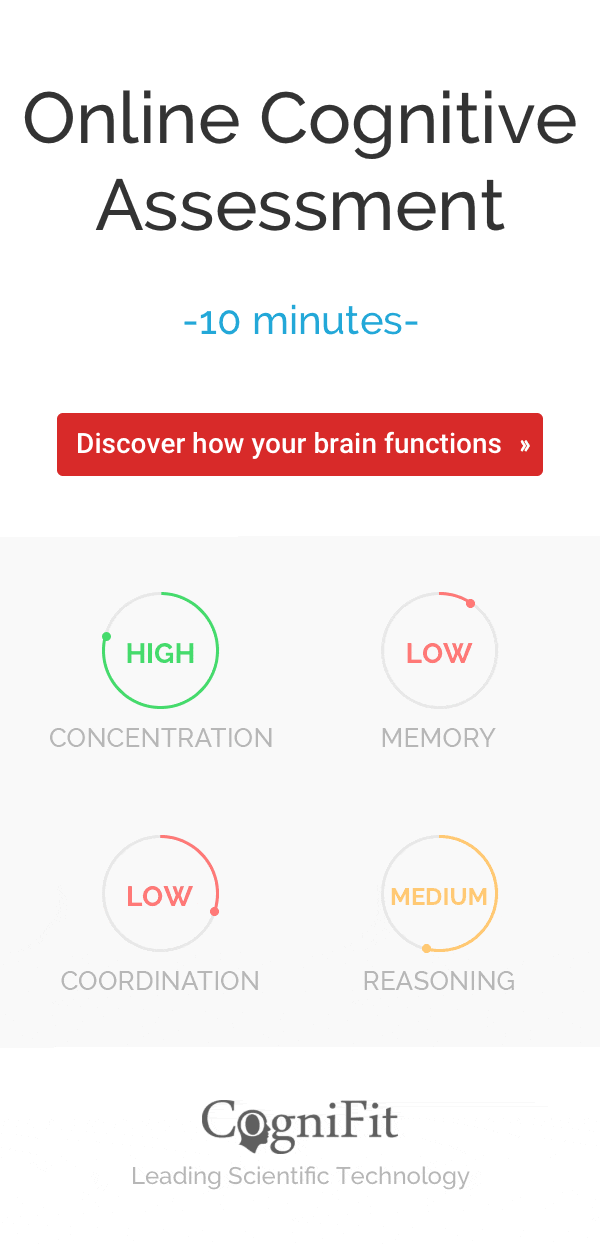
Priming: Useful guide to the different types and its measurability
In psychology, priming is the implicit memory effect where a stimulus that is exposed influences a response to a later stimulus. This will be your trusty guide to all things related to priming: What exactly is it? What are the different types? How does this affect you in your daily life, and what does this mean for your brain?
What is Priming?- Definition of Priming
In psychology, priming is the unconscious process of a stimulus being experienced that can result in faster accessibility to an event, item, or person when a second stimulus is exposed. Most people aren’t aware when it happens. It is especially important when looking into social psychology because of the complex nature of social information processing. When many interpretations and behavioral options are available, the accessibility determined by priming can constrain perception, cognition, and action.
Real Life Examples of Priming
Now that you’ve seen our keyword a few times, in a few hours from now, if you go out to run errands, you might remember to buy primer paint for those rooms you wanted to do over. Perhaps before slathering a bunch of makeup on your face, you remember a little bit better that you need to prime your face before you begin to beautify it, or maybe you’ll recognize prime numbers a little bit faster.
If a friend of yours was talking about their recent trip to Thailand and you later feel a craving for Thai food for dinner, you would be experiencing it.
Four examples were just given to you on how this idea works in a psychological sense. This phenomenon is similar to a “before coat” in that you need to apply something beforehand in order for it to stick. In short, your brain has been programmed to desire something and take notice of minuscule things you normally wouldn’t have noticed or paid attention to before because of a stimulus that had been exposed at the time. Your response to those stimuli can also be positive or negative, given how the first stimulus was presented to you.

Types of Priming
There are different types that work differently and have different outcomes. Together, we will delve deep into each type, and learn about what each means.
- Positive and negative: They focus on processing speed. While the positive speeds up the processing time, the speed or reaction time of the negative is significantly slowed down. The positive one is thought to be caused by the act of spreading activation.This means that the very first stimulus activates a particular memory or association before handling a task or action. Because the memory or association as been activated, when the second stimulus is presented, it takes less activation is needed. The negative is a bit harder to conceptualize, so to do this, we will come back to the negative category when we look at how the different types are measured.
- Semantic: Within this category, what is being primed, and what is being targeted are usually from the same semantic categories, having very similar features. What this means, is when a person thinks of a single item in a given category, similar items are stimulated in different brain areas. For example, cat is a semantic word for cheetah because they are both similar items.
- Conceptual and perceptual: Conceptual is based on the meaning of the stimulus and is enhanced by the semantic task at hand. An example is that the word fork, will show an effect on spoon because they both belong to the same category. Conceptual and semantic priming are very similar. Perceptual priming focuses on the form of the stimulus and is very sensitive to the exact form of the stimulus.
- Repetition: This is very similar to positive priming, if not the same. It is also referred to as direct priming, in which a stimulus has been experienced, it is primed right away. When the stimulus has then been experienced again, it will be processed more quickly by the brain.
- Kindness: A person is exposed to an act of kindness/kind gesture. When encountering positive stimuli, the experience is met with a lower threshold activation. A fun fact about this type is that when it’s experienced, it will then increase the resistance to negative stimuli temporarily.
- Associative priming: This category similar to that of positive and semantic priming. With associative priming, the target is a word that is commonly associated with what has been primed, but they don’t necessarily share the same semantic features. More so, the target and the prime are two things that are commonly seen together and associated with one another. An example of this pen and paper. They do not have the same semantic features as a cat or cheetah would, but they are commonly paired together.
- Response priming: If you’ve ever had to take a computer test where you’re assigned to press a particular key when a certain shape appears on your screen, for example: up key if you see a circle, down key if you see a square, you’ve experienced response priming. The results that really matter when assessing this type is the amount of time it takes for a person to respond to the stimuli. What separates this from the other types of priming being discussed, is that the prime and target are being presented in very quick successions, which are normally a few milliseconds long.
- Masked priming: Masked priming is commonly referred to as “purest” form. The masked priming paradigm was created by Forster & Davis in 1984. It is also referred to as the sandwich technique. The prime is usually sandwiched between the patterned mask and the target mask. So, for example: patterned mask #!#!, prime: play, target: CLAY.
Measuring the Different Types of Priming
There are several different ways psychologists measure the brains priming ability. However, the types of tests run to measure it all depend on the type/subtype. In short, you wouldn’t use the test that measures masked priming, if you were trying to measure positive and negative priming. Below are the lists of tasks and tests used to measure the various types.
- Positive and negative priming measure: Event-related potential (ERP) is the measured brain response that is the direct result of a specific sensory, cognitive, or motor event.
- Perceptual priming measure: Word stem completion task (WSK) and word fragment completion task. This task usually gives you a list of words in its full form, and you need to study them. Afterward, you are given fragments of the word on paper and you need to fill them in with the words you just studied. Sometimes, this doesn’t work because participants don’t realize they need to fill in the fragments with the words they just studied. What ends up happening is that participants will fill in words they are free associating the fragments with.
- Conceptual and repetition measure: Lexical decision task. This task is normally used for psycholinguistic experiments. The procedure measures how long it takes for a participant to make determine if a string of letters forms a word or not.
Now that you know what priming is and the various types, you may become a little bit more aware of yourself in the meantime. It is an interesting phenomenon that takes place in everyone’s daily lives, and you can relate the process of priming to your behavior, maybe the behaviors of others. So, the next time you watch a movie based in a vacation hotspot, and you begin to see ads for vacation packages in the Bahamas, you’re not going crazy – you’ve just been primed.
Please comment below if you have any questions! 🙂
References:
Explorable, (n.d). Priming. Retrieved from https://explorable.com/
Psychology, (n.d.). Priming. Retrieved from https://psychology.iresearchnet.com/social-psychology/social-cognition/
McNamara, T. P. (2005). Semantic priming. Perspectives from memory and word recognition. New York: Psychology Press Ltd.













